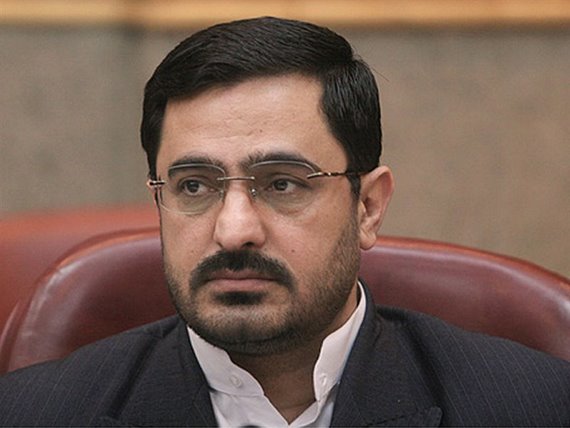August 08, 2014

Saeed Mortazavi, the former Tehran prosecutor who appears to have escaped punishment in the deaths of three students arrested in the 2009 post-election protests, will be back in court this week, facing charges of corruption and embezzlement.
Nasim-online quotes Mostafa Torkham-madani, the lawyers for those who have filed the charges, as saying the charges stem from Mortazavi’s time as head of the Social Security Fund.
The Judiciary fired Mortazavi when he was charged with mistreatment of the prisoners. President Ahmadi-nejad then named him as head of the Social Security Fund. He was fired from that job when President Rohani took office one year ago.
The Social Security Fund provides health insurance for 37 million people or almost half of Iran’s population.
Torkham-madani did not detail the charges filed by several workers covered by the Social Security Fund. But the Majlis Research and Audit Office said that under Mortazavi’s leadership the Social Security Fund awarded 138 no-bid contracts valued at more than $5 billion to a firm on Qeshm Island run by Babak Zanjani, a wealthy businessman accused of stealing revenues from oil sales he arranged to get around sanctions. Zanjani says he didn’t steal any money and the funds are simply frozen abroad and not transferable to Iran because of banking sanctions.
The office also said the fund gave gift cards to 37 Majlis deputies and to numerous officials of the Ahmadi-nejad Administration. The cards were worth billions of rials, the office said.
Mortazavi, now 47, was implicated in the beating deaths of at least three young men arrested in 2009 during the post-election protests and confined at the Kahrizak detention center.
He went on trial on those charges in March 2013. However, the most serious charge against him—“conspiring in murder and torture”—was dropped before the trial began. He went on trial on two remaining charges—“participating in unlawful detentions” and “aiding in false reporting or encouraging such actions.”
Though it has been 17 months since that trial began, no result has been announced by the Judiciary.
In the post-election disorders, Mortazavi is said to have ordered more than 100 protesters sent to the Kahrizak detention center, which was supposed to be reserved for drug offenders.
Mortazavi said he sent the prisoners there because there was no room at Evin prison. But the warden at Evin said he had lots of room available.
At least three of those sent to Kahrizak died there. The official records said they died of meningitis. But when the father of one of the dead—Mohsen Ruh-ol-Amini—picked up his son’s body, he found the boy’s face smashed in and several teeth broken.
The father was an active figure in the conservative movement and went public, making the case a cause celebre.
Mortazavi was previously implicated in the 2003 death of Zahra Kazemi, a dual Canadian-Iranian citizen, who died shortly after her arrest while taking photographs outside Evin prison. Mortazavi was quoted as telling others she fell in her cell and hit her head. But a doctor who said he treated her later fled to Canada and said Kazemi had numerous serious bruises, signs of sexual abuse and was missing several fingernails and toenails. He has never faced charges in that case.
